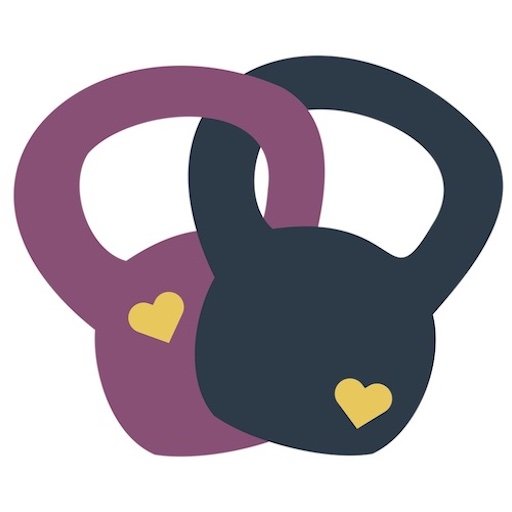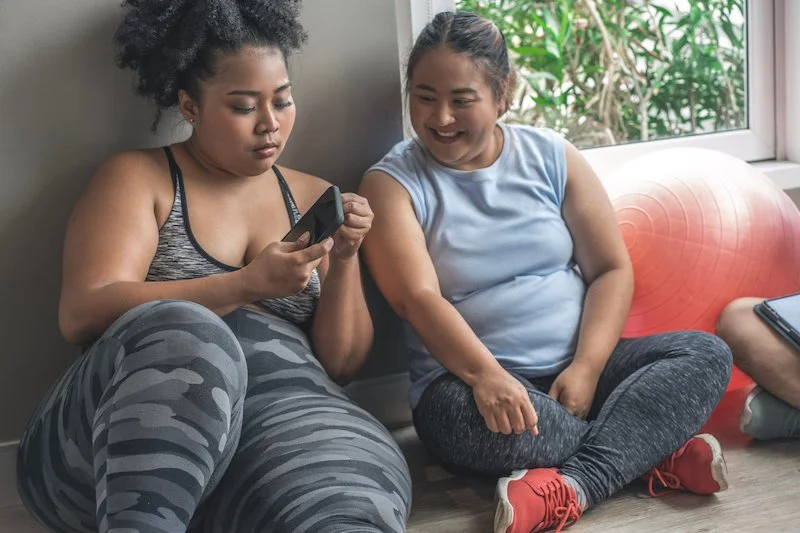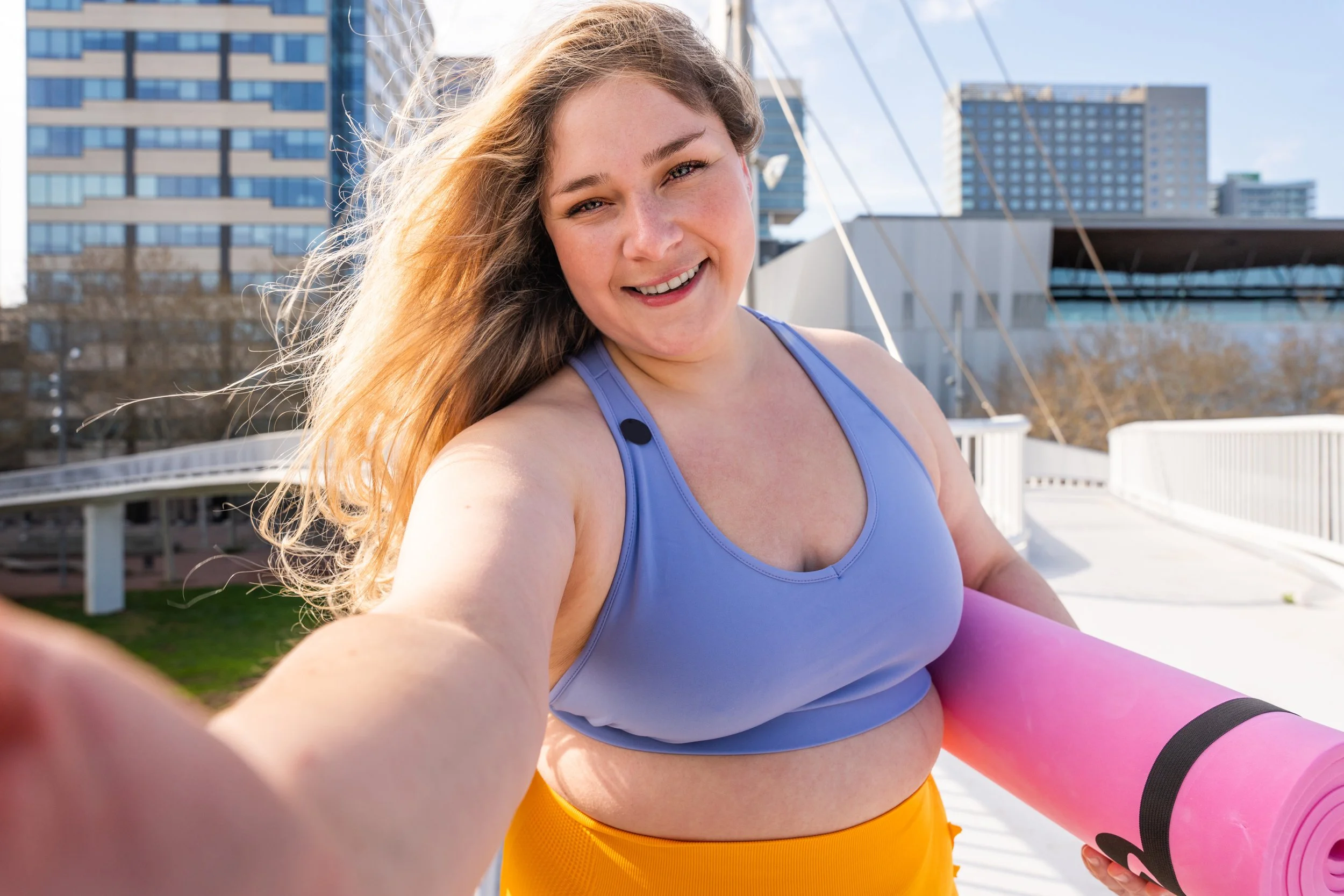How to Manage Chronic Conditions in Larger Bodies
By Angel Austin
Living with long-term health challenges can be tough, especially for those of us in larger bodies. While medications and traditional treatments are important, making regular bouts of movement part of our routine can make a big difference in managing and even improving our symptoms.
Why is movement important for handling chronic conditions?
When done thoughtfully, movement can be a strong tool in dealing with chronic pain and other health issues we may experience. Regular physical activity helps boost blood flow, reduces inflammation, and supports overall well-being.
For those of us in larger bodies, focusing on movement can bring unique advantages like improving flexibility and building strength. I find that the more that I move, the easier it is for me to keep on moving.
How does movement help with pain management?
In larger bodies, chronic conditions can be more noticeable. Movement, customized to our own needs, abilities, and preferences, can help ease pain by triggering the release of endorphins, the body's natural pain relievers.
Gentle activities like swimming or walking (if tolerable) can be especially effective, providing mild, yet powerful relief. Movement that builds muscle, supports our joints by helping to stabilize them. This can also help minimize our pain.
What are some movement options for people in larger bodies?
Selecting the right kind of movement is important. Activities like yoga, water aerobics, and seated or reclined movement, are low to no-impact options.
Adapting movement to our own individual abilities ensures that it remains enjoyable and/or sustainable (sometimes, there's absolutely no joy involved). This helps create a long-term strategy for handling chronic conditions. We should feel free to use adaptations and techniques that work for OUR bodies.
Check out some of the most accessible options we offer here at PowerUP Movement Co.
How can a complete approach to movement improve overall well-being?
Beyond physical benefits, seeking out mental and emotional well-being with movement is crucial. Practices like meditation or any mindful, intentional movement can help manage stress, a common factor with chronic conditions.
By addressing the connection between the mind and body, those of us in larger bodies can experience improvements in our overall health. Movement can help us handle stressful situations better. It can improve our mood and even our confidence.
Can movement be customized for different chronic conditions?
Definitely. Each chronic condition may come with its own challenges, and tailoring movement strategies to fit our individual needs is crucial. For example, those with arthritis may find relief in gentle joint-friendly exercises, while people with chronic fatigue may benefit from pacing themselves and incorporating regular breaks.
I have sciatica flares and even seated movement can be painful for me, so I use reclined movement options frequently. I also have a chronic heart condition, so I use movement to gradually (and very carefully) build my stamina. We don't have to be ashamed of the ways we move or compare ourselves to anyone.
How does society's view of larger bodies affect adopting movement for chronic conditions?
Societal norms and stereotypes about body size can impact how we see their own abilities. We should seek out or even create our own safe environment that supports our movement practice. Again, adapting movement for our own bodies and conditions is necessary. It's easy to feel shame or even guilt because there are things that we can't do that other people can, but this shouldn't be.
Movement belongs to us, too. There's no ONE WAY to move that's “acceptable”. We can do what works for us. I just can't stress this enough. Ableism, healthism, and fatphobia have no place in our movement practice or the spaces we choose to get movement coaching or support.
Using movement in the management of chronic conditions, especially for those of us in larger bodies, is a holistic and empowering approach. By exploring the benefits of accessible movement, we can possibly experience less pain, increase our personal autonomy, and look forward to a future with a better quality of life.



